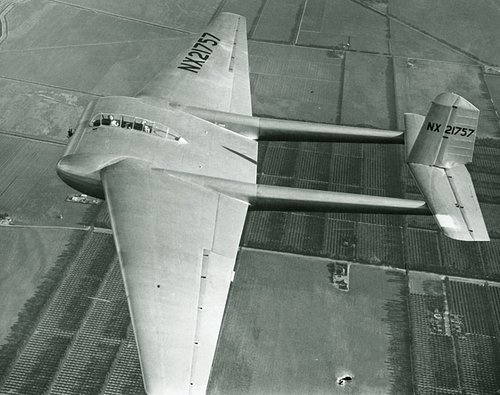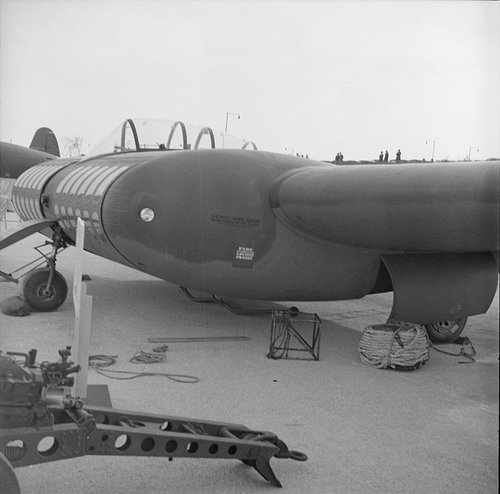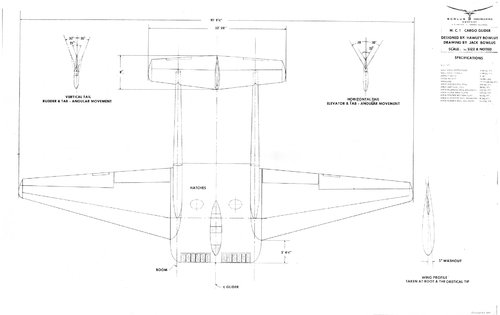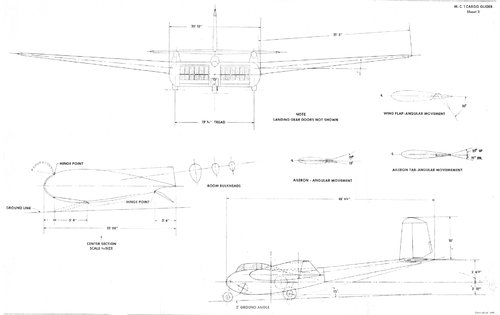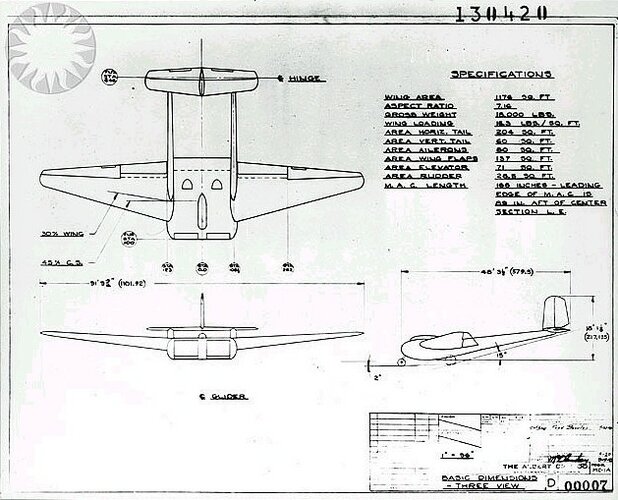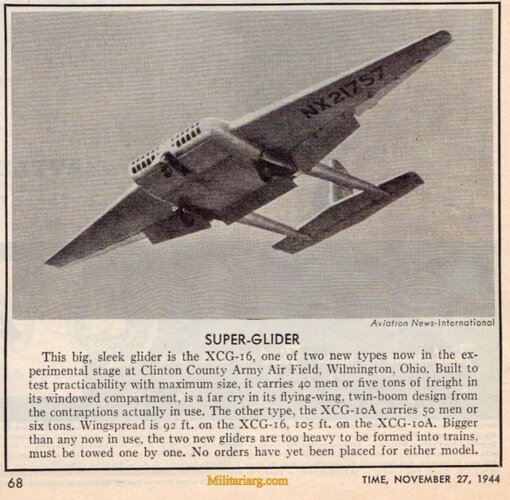[font=verdana, sans-serif]Check out this article at RetroMechanix.com on the General Airborne Transport XCG-16, an American flying wing type combat glider with twin booms and a single rudder dating from 1944:

The article reproduces an Army Air Force preliminary evaluation report on the type, which features 21 high resolution photos of this innovative but ultimately unsuccessful aircraft.
-Jared[/font]
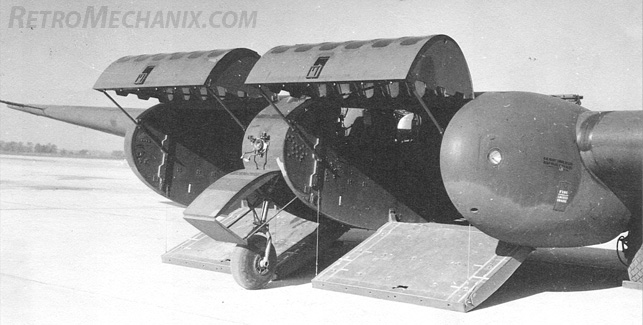
The article reproduces an Army Air Force preliminary evaluation report on the type, which features 21 high resolution photos of this innovative but ultimately unsuccessful aircraft.
-Jared[/font]

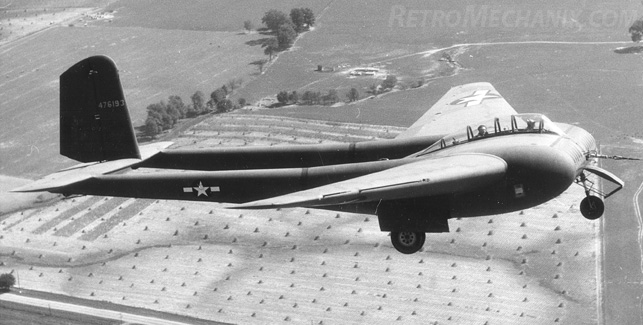
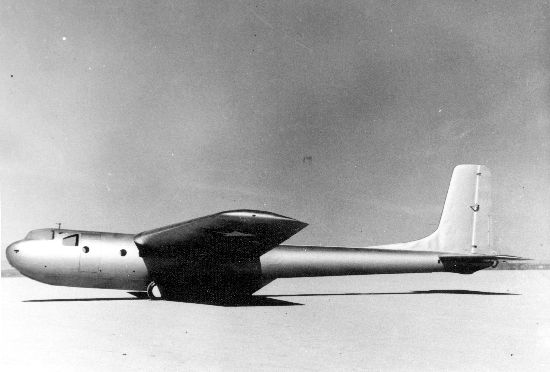
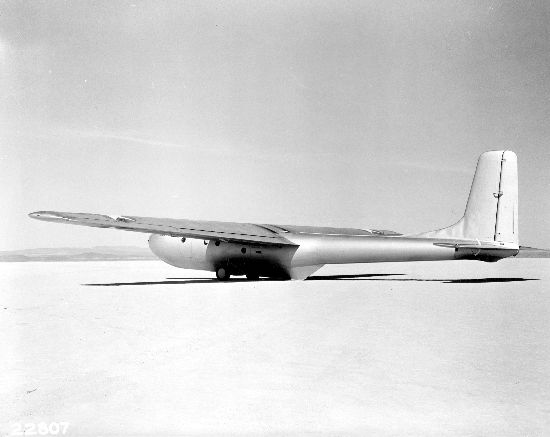
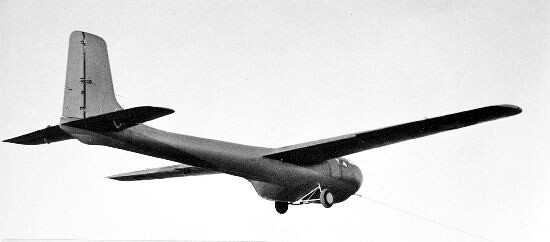

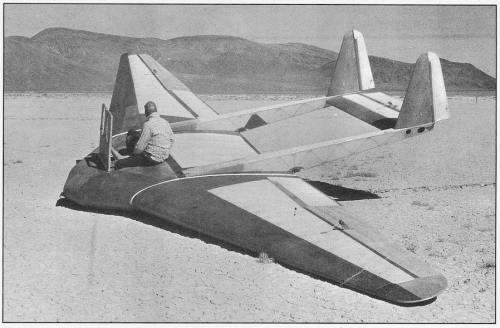
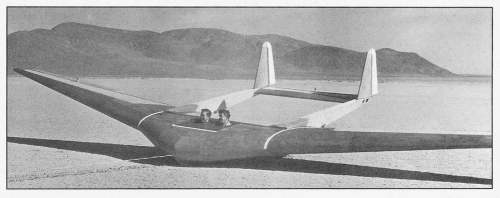
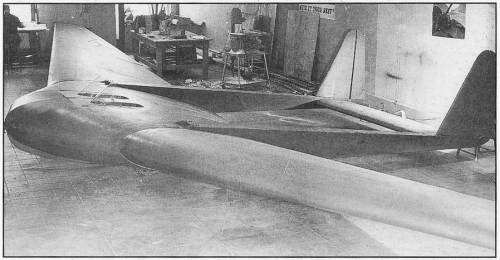
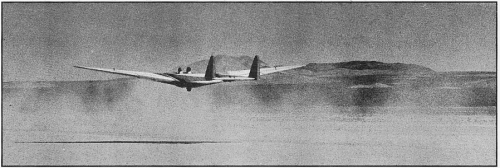
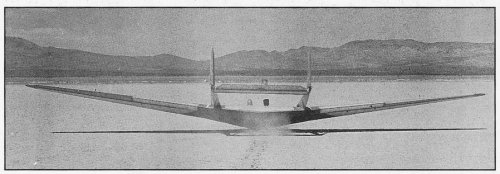

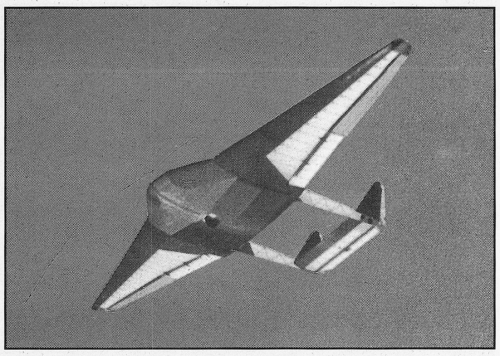
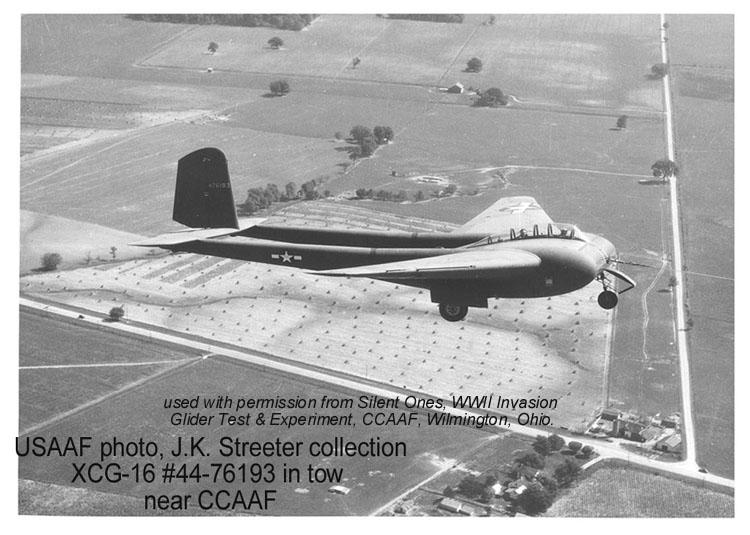
![General Airborne Transport XCG-16 Combat Glider [LIMITED to 500px].jpg General Airborne Transport XCG-16 Combat Glider [LIMITED to 500px].jpg](https://www.secretprojects.co.uk/data/attachments/159/159608-18598928cf588a6b125981c24e2d0c22.jpg)
